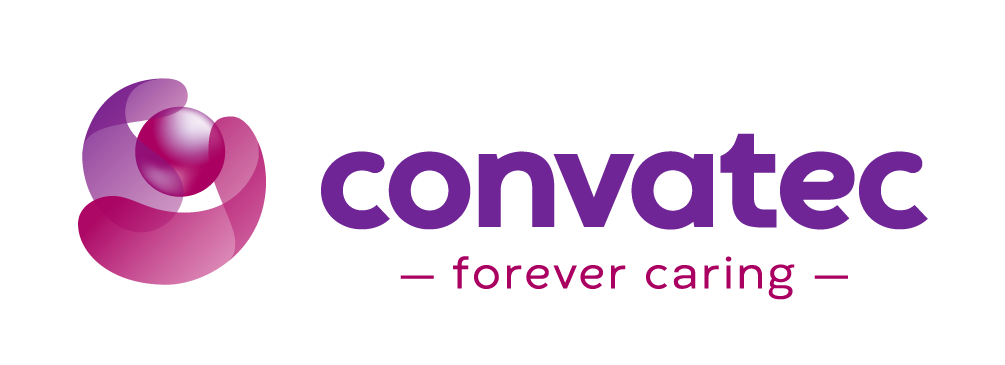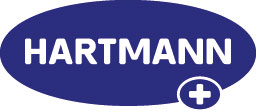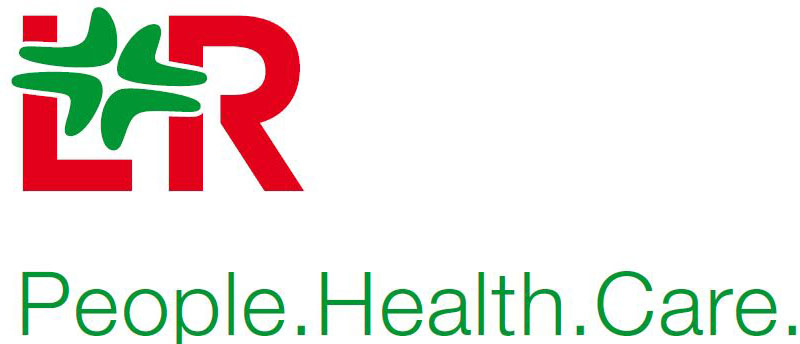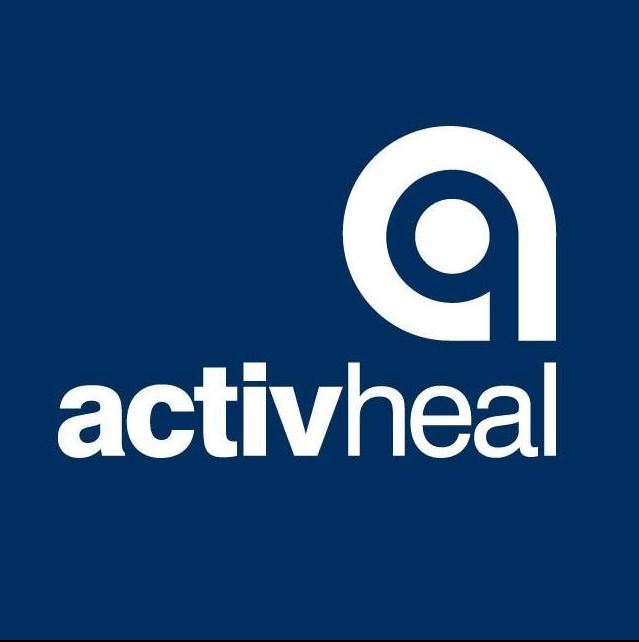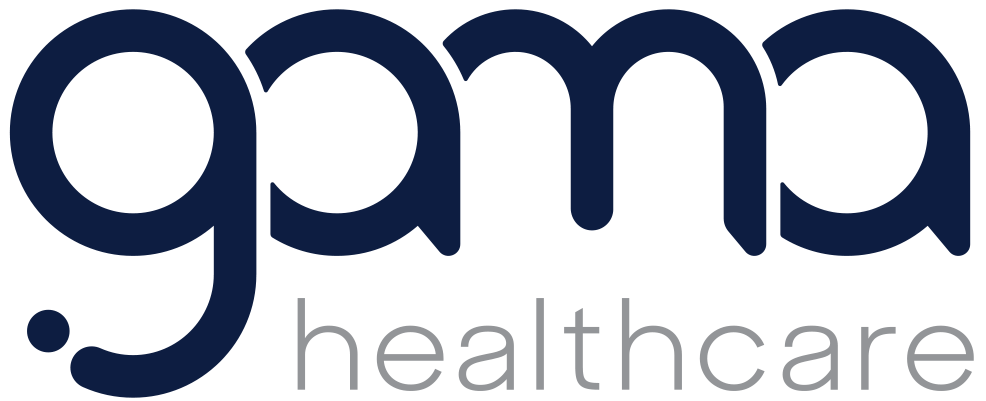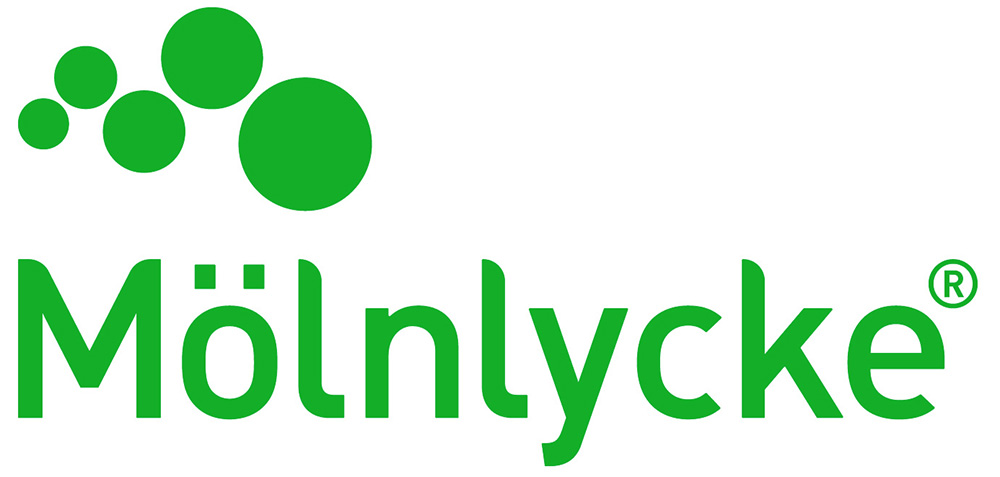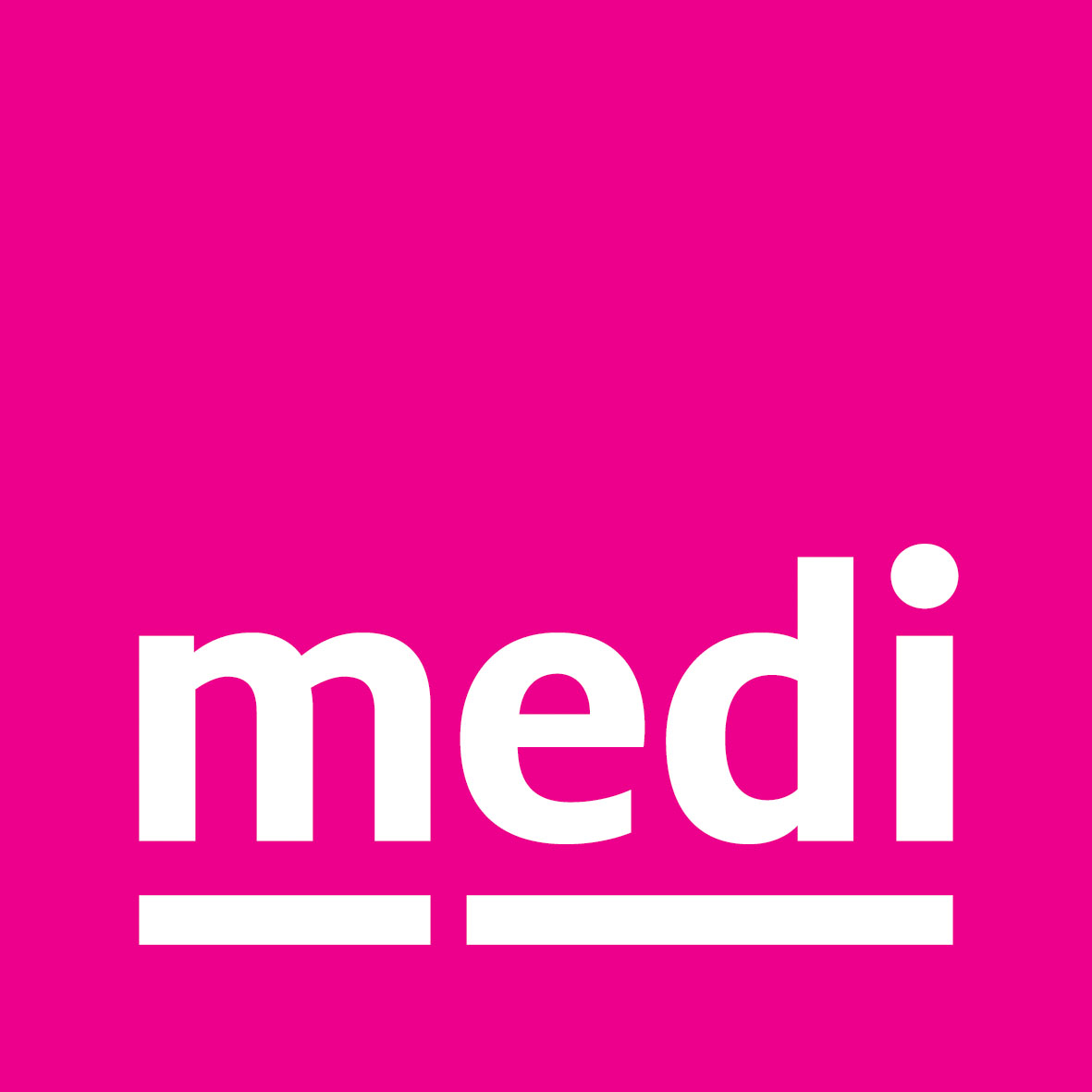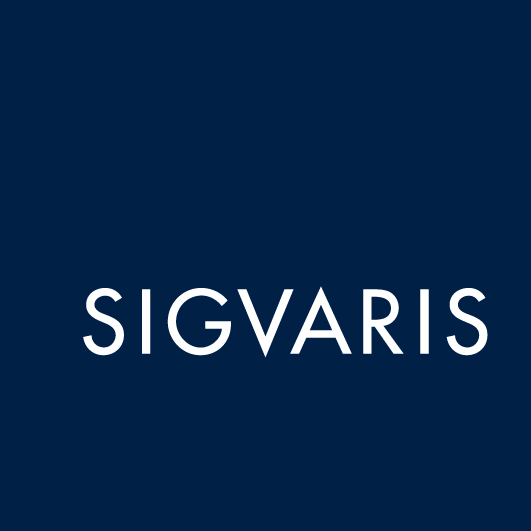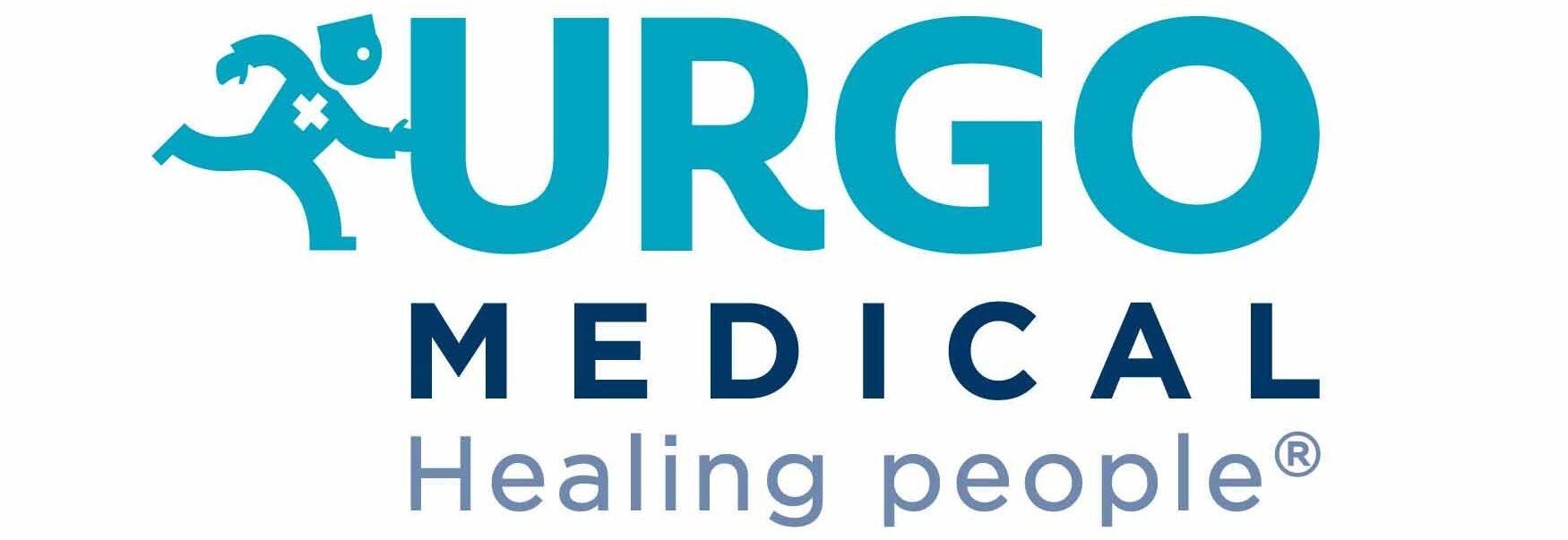Fran Game
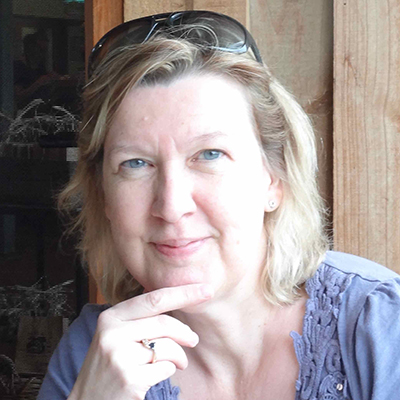
Fran has been a consultant Diabetologist at the University Hospitals of Derby and Burton NHS Foundation Trust since 2011. She is the Clinical Director of R&D and the Derby Clinical Trials Support Unit, and Honorary Professor at the University of Nottingham.
Her main clinical and research interest is the Diabetic Foot, leading a number of multicentre/multinational trials in this field. She chaired both the Classification and Wound Healing subgroups of the International Working Group of the Diabetic Foot for the 2023 guidelines has been a member of the Editorial Board of this organisation for the last 4 years. She is the incoming Chair from January 2024.
She is the current Clinical Lead for the National Diabetes Foot Audit of England and Wales and has been one of the NHS England Co-Clinical Directors for Diabetes, East Midlands since May 2018. She was awarded the Edward James Olmos Award for Amputation Prevention by the American Limb Preservation Society in 2021.
Presentation at The SoTV/EWMA 2024 Conference, London
Characterising infection in diabetic foot ulcers: a programme of work to inform wound sampling strategies and clinical management
Learning objectives
After attending this session, persons will be able to:
- Appreciate the concurrent approaches taken to managing clinically infected diabetic foot ulcers – empirical antimicrobial initiation, with wound sampling for microbiology to inform revision of antimicrobial upon clinical review
- Understand the rationale for current clinical guidelines recommending tissue sampling over wound swabbing
- Evaluate the approaches taken to robustly estimate the clinical differences that may arise from the choice of tissue sampling versus wound swabbing through the development of a pragmatic, outcome blinded, randomised controlled trial, with follow up to record healing, amputation, hospitalisation, adverse events, resource use, quality of life, and death.
- Discuss the wide uncertainty regards any clinical benefits associated with a choice of sampling approach in this particular patient group and context, with a finding of higher costs and lower quality of life associated with tissue sampling over swabbing
Abstract
Aims/hypothesis – CODIFI2 compared clinical and health economic outcomes of wound swabbing versus tissue sampling in people with clinically infected diabetic foot ulcers (DFU).
Methods – Multicentre, Phase III, prospective, unblinded, 2-arm parallel group, randomised controlled trial comparing time to ulcer healing (primary outcome, blinded), proportion healed, antimicrobial regimen, ulcer area change, DFU hospitalisation, time to death, quality of life, and cost-effectiveness of swab compared to tissue sampling. Allocation was central via independent randomisation system, minimisation by site, DFU count, index DFU type, size, location and duration. Follow-up was 52-104 weeks. Target was 730 participants for 90% power to detect a treatment effect of 12.5% in proportions healed at 52-weeks.
Results – Recruited 149 participants (75 Swab, 74 Tissue) from 21 UK sites, May 2019 and May 2022. The 52-week cumulative incidence of confirmed healing as first event was 45.3% (33.5% to 56.4%) and 44.6% (33.0 to 55.6%) for swab vs tissue. Hazard ratio (HR) for healing – tissue vs swab – was 1.01 (95% CI 0.65 to 1.55). Antibiotic changes were slightly higher for tissue (19.4%) versus swab (15.1%). Median (IQR) time in hospital was 17 (12 to 39) and 16 (10 to 32) days for swab and tissue respectively. Seventeen swab and 7 tissue participants died during follow-up. Overall, 18.7% and 24.3% participants in the swab and tissue groups respectively had an amputation. Quality of life assessed using DFS-SF was similar across groups. The cost of tissue sampling was greater than swabbing across antibiotics, hospitalisation, and other costs. Swab sampling was associated with higher QALYs and lower costs across weeks 26 to 52, reducing slightly by week 104.
Conclusions/interpretation – This trial was underpowered to determine whether swab or tissue sampling approaches impacted the rate of ulcer healing or time to healing. Exploratory data indicates that any such differences would likely be small. Clinician prescribing behaviours differed only slightly between groups. Higher costs, lower QALYs and lack of evidence of benefit associated with tissue sampling versus swab meant that swab dominated tissue sampling in the cost-effectiveness analysis.

